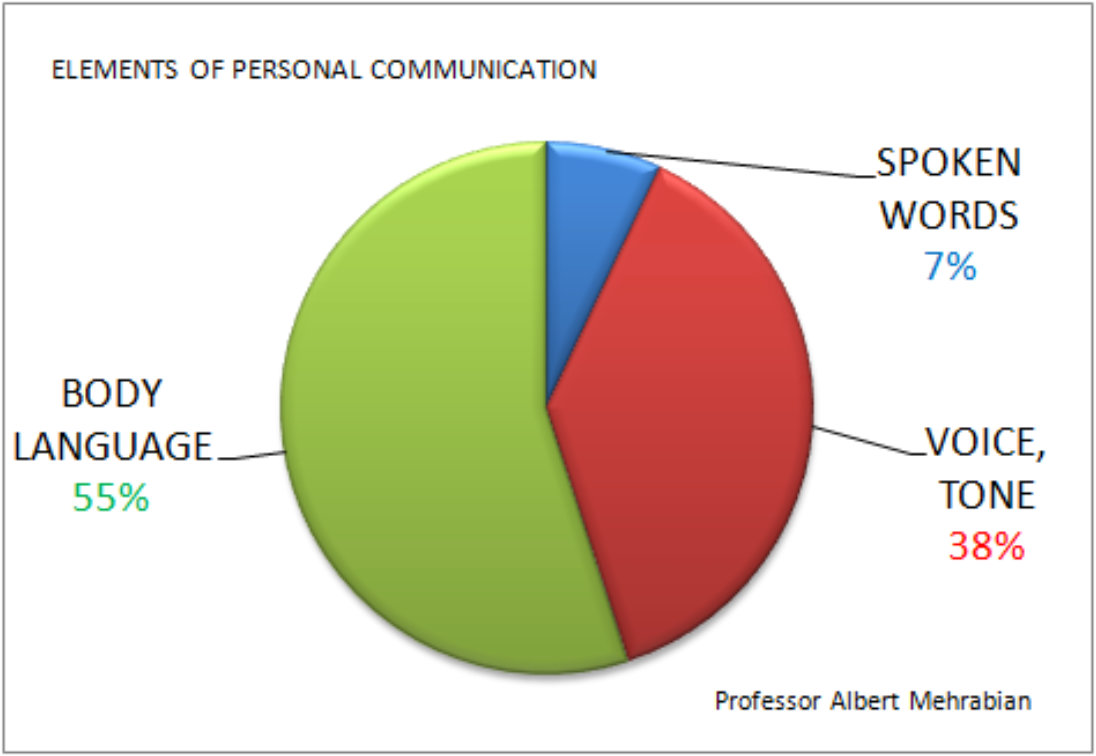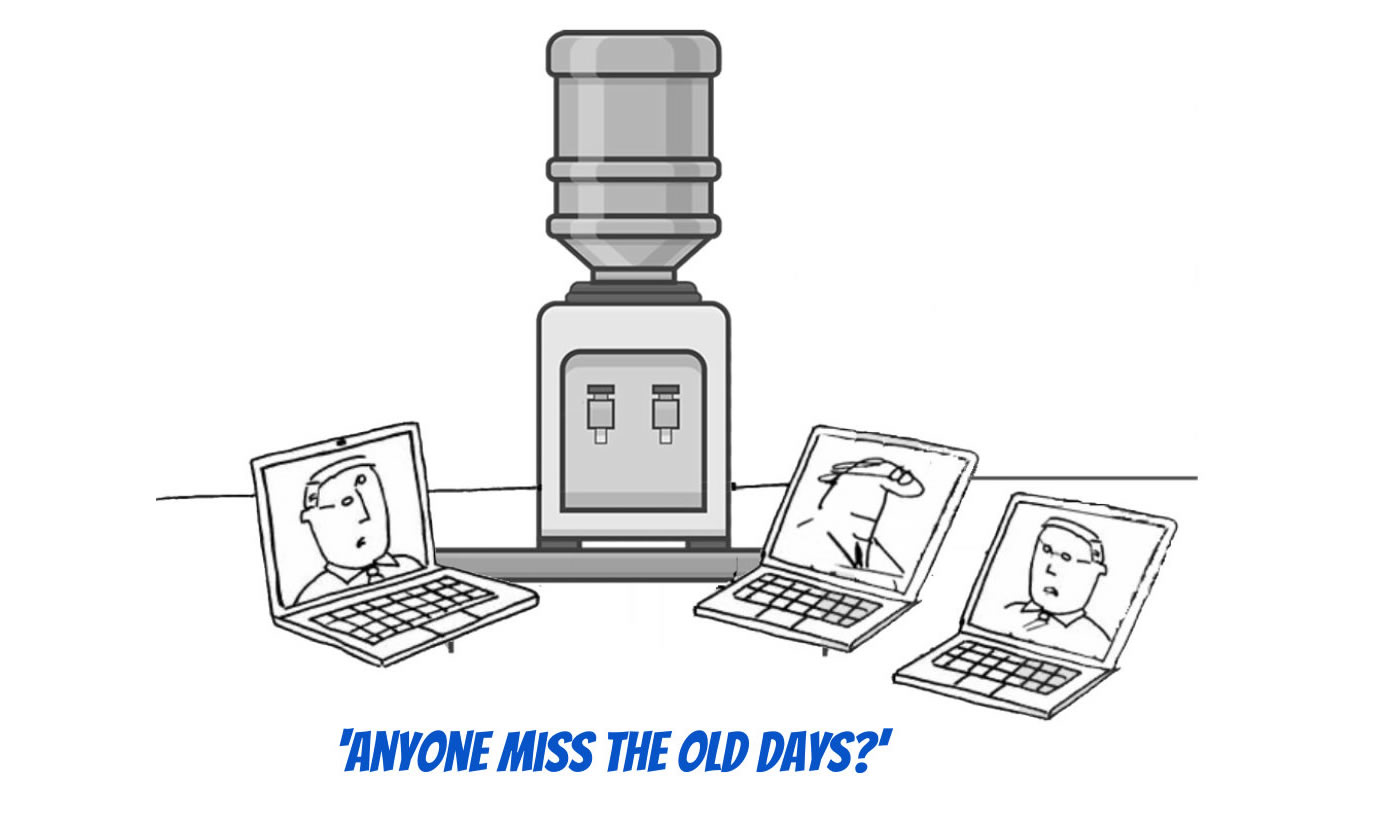The Covid-19 epidemic has led to an unprecedented use of online meetings. Zoom, founded just 9 years ago, is now worth more than the top three U.S. airlines combined.
Remote working and remote meetings look set to continue to be a defining feature of the future of work.
At their best, remote meetings can be a wonderfully cost-effective, convenient, flexible and time-saving mode of communication.
But at their worst they can be frustratingly impersonal, confusing and ineffective.
While there are plenty of similarities with face-to-face (f2f) meetings, remote meetings present very different challenges and consequently require a very different approach. Effective remote meetings require:
• More time – slower speech, more checking, more clarifying, more confirming
• More prescriptive ground rules and procedures
Let’s start with perhaps the most important point of all …. whenever possible, use video for your online meetings.Video humanizes the room. No longer are the participants just voices on a phone line; they’re the faces of your colleagues / customers / partners. Without video, you’ll never know if the silence is caused by somebody checking their emails, because he’s rolling his eyes in disdain or nodding his head in agreement. Facial expressions matter.
THE IMPORTANCE OF NON-VERBAL COMMUNICATION
70% to 93% of all communication is non-verbal.
Albert Mehrabian (UCLA) established the 7-38-55 rule for the communication of feelings and attitudes.

Imagine your colleague storms into his office, slamming the door. You ask, ‘Are you all right?’. He snaps back in an angry tone, ‘I’m fine!’ Which message do you believe: his non-verbal signals (behavior, voice, tone), or his verbal one (words alone)? Most likely, you believe the non-verbal message. We need to be able to pick up on certain non-verbal cues and mannerisms for effective communication.
Now video certainly does not solve all the body language / non-verbal issues (online video is typically limited to head-shots of the participants and can lag) but it certainly helps a lot.
BEFORE THE MEETING
• Make sure everyone receives an advance copy of the ‘framework’ of the meeting:
o Key talking points
o The meeting’s structure (for example, when and for how long you plan to discuss each talking point)
o The team members / teams that will participate
o What each team member / team is responsible for bringing to the meeting
o Any relevant documents, files, or research participants are expected to consult before or during the meeting
• Establish the ‘ground rules’ … who is the leader / facilitator of the meeting? How will you ensure everyone’s opinion is heard and the ‘loudest voice’ does not dominate? Will there be ‘free speech’ or will the leader / facilitator invite participants to talk? How will you know when someone has finished speaking? (audio/visual delays greatly increase the risk of people talking over others)
• In f2f meetings we generally don’t need to tell people in advance not to walk around during the meeting, not to take calls or check their emails. In remote meetings we do need to establish the ‘etiquette’.
• What language will the language be held in and will some participants be non-native speakers of that language? If yes, then does their language level demand that adjustments need to be made?
• Agree that respect, honesty and politeness are essential. A ‘tongue-in-cheek’ comment made during a f2f meeting may be obviously benign but the risk of misunderstanding / causing offense is considerably greater in a remote meeting.

15 TIPS FOR EFFECTIVE REMOTE MEETINGS
1. SPEAK SLOWLY & CONCISELY: The speed at which we speak generally depends on the context, the audience and our personal style. In the same way that we usually speak more slowly when giving a presentation to a large number of people, so we must slow down our speech during remote meetings. We need to resist any instinct to get our point across as quickly as possible. Less is more. Audio / visual delays and less obvious non-verbal communication clues demand that we are more precise and concise with our speech and give people more time to process what we’re saying.
2. INVOLVE EVERYONE: one of the key roles of the leader / facilitator is to involve all the participants ….. invite people to introduce themselves / their work, allocate tasks, ask questions to specific participants (‘James, what are your thoughts on this?’). As no one likes to be caught off-guard, participants are more likely to pay attention and ignore the temptations of multi-tasking.
3. MAINTAIN FOCUS: discourage side chats and distraction …. one discussion, one meeting, one agenda.
4. SILENCE IS GOLDEN: People need time to process information and think of their response to a situation. It can be helpful to build breaks into the meeting to allow them to do this. For example, after you have spoken about a major point, say “I’m going to pause now for 10 seconds and then after those 10 seconds I’ll see if anyone has any questions”.
5. Use ‘linguistic markers’ to GET PEOPLE’S ATTENTION before making your point; this reduces the risk of the first part of the message getting lost. For example, ‘I have something I’d like to mention here…..’
6. USE PEOPLE’S NAMES more than you would in a f2b environment. Address questions to people by name and thank them for their input by name. In some situations (especially voice-only meetings) it can be particularly useful to add your own name when speaking . For example: ‘This is Steve …. I believe that ….’.
7. DON’T GUESS: if communication becomes intermittent / broken then don’t try to fill in the gaps by guessing. Don’t be embarrassed to say ‘Apologies Juan … you’re breaking up. Could you repeat that please’. The world is full of examples of bad things happening because people guessed!
8. SUMMARIZE and check understanding / agreement more frequently than you would in a f2f meeting. That may well mean ‘going around the virtual table’ to seek everyone’s input. Don’t be afraid to ask for clarification explicitly (‘Hi, this is John. I just want to check I understood what you meant Claire. I think you said the supplier might not be able to deliver the consignment for another 3 days – have I understood correctly?’)
9. Humans are fundamentally social animals. There is plenty of research to show that we work best when we have a personal relationship with our colleagues and customers. This is one of the most serious challenges presented by remote working and remote meetings. Therefore consider setting up a remote ‘WATER COOLER’ where participants can hang out for a few minutes before / after the meeting to ‘catch up’.
10. As stated earlier, BODY LANGUAGE is an important aid to effective communication. But in remote meetings be aware of your own body language. Webcams can make your movements / gestures appear much more exaggerated. And when talking, look at the camera, not your computer. We need eye contact.
11. Use SCREENSHARE: This can greatly improve participants’ engagement. Screenshare technology is the closest you can get to a physical meeting, and in many cases is actually more productive.
12. TO MUTE OR NOT TO MUTE? By disallowing attendees to mute their microphones, you can reduce the risk of someone multi-tasking in the background. In larger meetings however encouraging people to mute saves bandwidth and prevents the distracting sounds of coughs, throat-clearing and typing while taking notes about the meeting.
13. Limit the NUMBER OF PARTICIPANTS. If you want a high level of interaction, a meeting with 3 people is considerably easier to manage than a meeting with 10 people.
14. Again, if you seek a high level of interaction then KEEP THE MEETING SHORT. Maintaining focus and concentration in an online environment is much more challenging after 20 minutes.
15. FOLLOW UP: use various media (email / recording of the meeting, etc.) to consolidate and continue the conversation.
Online meetings now give us opportunities to communicate in ways we could only have dreamed of 20 years ago. But it is a mistake to think that they can be conducted in the same way we conduct f2f meetings. For them to work well, we need to slow down, be much more deliberate and take a more prescriptive approach to the way participants conduct themselves.


